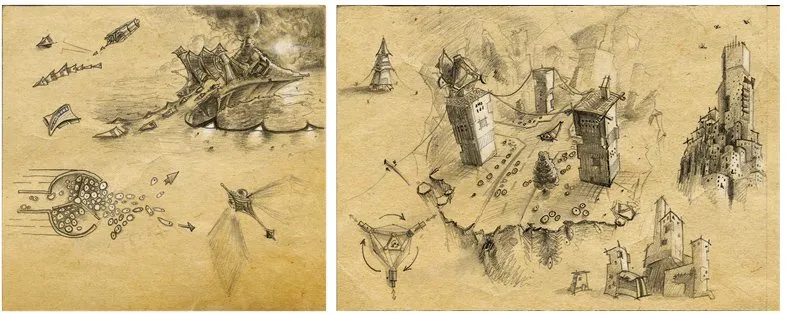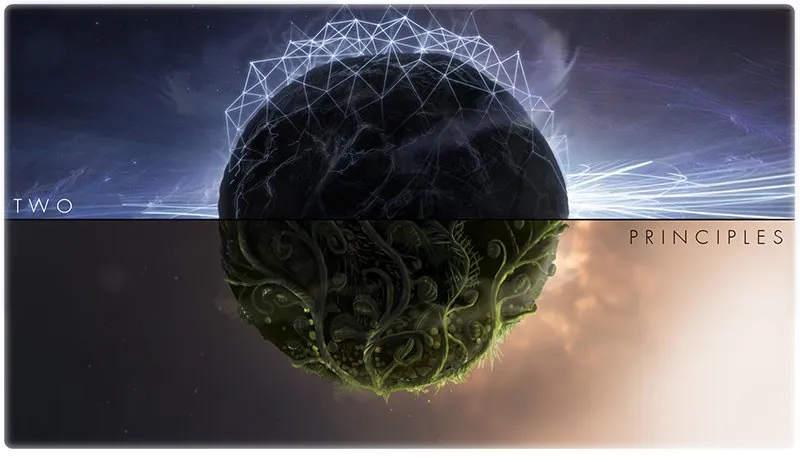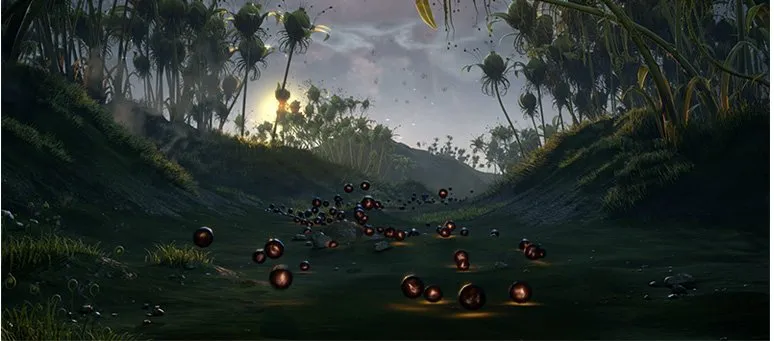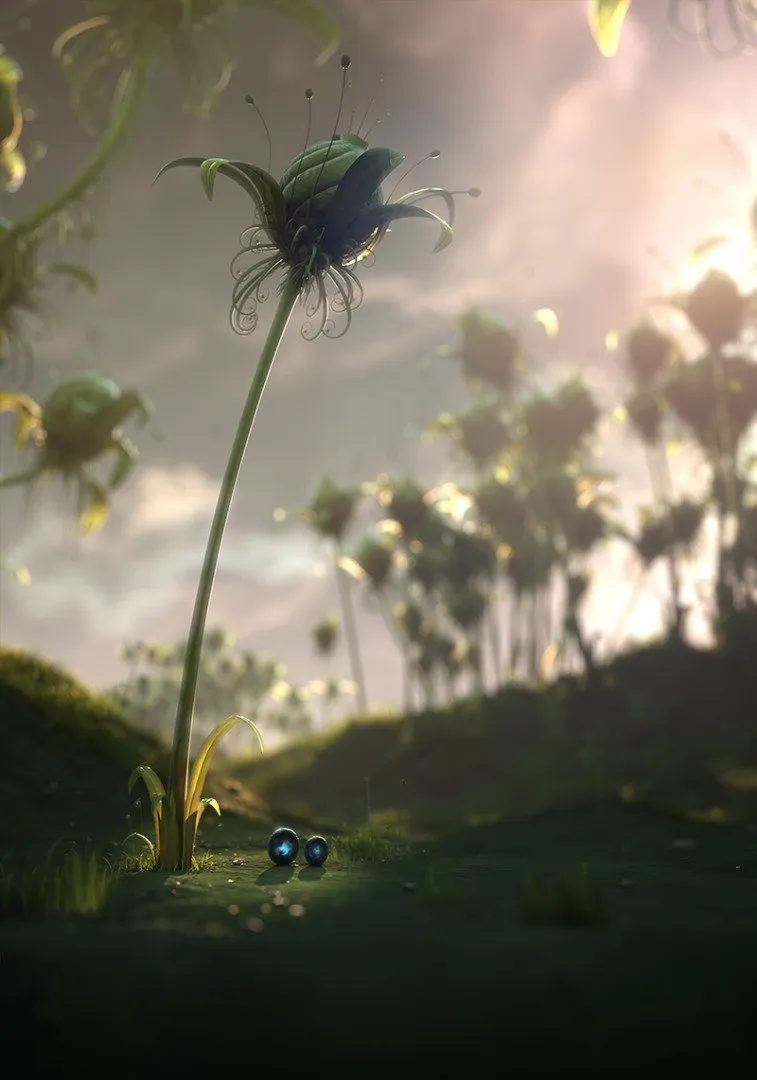I created and own all the Images and Videos in this post.
<< WATCH GLOBOSOME ON VIMEO >>
Inspiration
When I started studying at the Animation Institute, Filmakademie Baden-Württemberg in 2005, New Orleans got hit by Hurricane Katrina. 1836 People died, mostly the less fortunate. But Katrina wasn’t the only storm to form over the atlantic that year - in total there were 26. More than were ever recorded in any season.
This incident fueled my interest in climate change and I started caring about the state of our planet. I went out and interviewed climate scientists, read books and papers and what I found out scared me. It seemed that with our way of life, we were on the path to flood most of our major costal cities, eradicate millions of species from our planet and put the survival of our own species into peril.

I started wondering if other civilizations on other planets had collapsed before us because they couldn’t make the move from rapid growth to sustainability. The history of civilizations on our own planet certainly made it look like that. Over the next couple of years, while learning my craft as a film maker, this question never left me, so when the time came to choose a topic for my graduation film, I started developing Globosome - a tale of another civilization on a planet somewhere in space - a warning if you will.
Design
I knew I wanted to tell the story of another planet as if watched through a telescope or microscope - their dominant species resembling microbiological life. So I made the species the simplest design imaginable - a sphere. It made animating large crowds easier and allowed me to show them replicate without being explicit. :)

Something that I noticed when doing research with google maps was, that small human villages in remote parts of the world still blended into nature organically whereas bigger cities (especially newer ones) have a very distinct, efficient, inorganic look to them. With that came the idea of two principles competing on the planet. The organic plants and the dots that developed straight connections and rectangular shapes in their cities. In the end, the latter would „win“ but the civilization would collapse as well. I started doing drawings and then concept art paintings as well as animatics where I was able to try pacing and different perspectives to tell the story.

Tech
For the execution I chose 3dsmax - my weapon of choice for many years. 3dsmax has a large pool of plugins that one can tap into without constantly reinventing the weel. I used „Thinking Particles“ for the characters - a very powerful node based particle system. Patrick Schuler created a template that made it possible to direct hundreds of dots at the same time, having them collide with the terrain and each other. He also created a connection system that resembled the „Plexus“ plugin for After Effects which was released years later.
For the plants I used another plugin: GrowFX. This plugin made it easy to both sculpt and animate the plants. The film was also realized in Stereo 3D which was tackled by Andreas Feix. We rendered in multiple passes so Johannes Peter had the maximum amount of control in Nuke.


Sound & Music
As you probably realized by now, lush, beautiful imagery is very important to me. Still, Music and Sound make up for at least 50% of the mood. I worked -again- with the amazingly talented Patrizio Deidda who composed the music and we had the Filmorchester Babelsberg play the score. Trying a few things, we settled with an epic classical score that - although hearing it probably a thousand times in the editing process - I love to this day.
Sound Design was done beautifully by Nami Strack. The sounds of the dots are done with our mouths - especially Gottfried Mentor, a real voice Acrobat. These recordings were then sped up and manipulated until we had the right amount of cuteness/creepiness.
What happened since then
Since it’s completion in 2013, Globosome has travelled the world, receiving prices or honorary mentions at various cool Festivals. It also inspired both the iOS Game: Path of the swarm by Navel as well as a tech prototype for a new kind of game engine based on precomputation that we realized in San Francisco. I'm incredibly happy and thankful for this development.
Since the first inspiration, mankind has mostly accepted climate change as true and here in Germany, renewable energy generation has made a giant leap. However, the warming curve has still not changed substantially but with the Paris climate deal ratified by the two biggest polluters (USA and China) i’m a little more hopeful by now that we have a better chance of not ending up like the Globosomes in my Film.

www.linkedin.com/hp/update/6184141822764285952
www.facebook.com/geddart
www.geddart.de